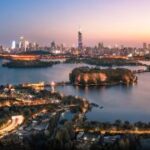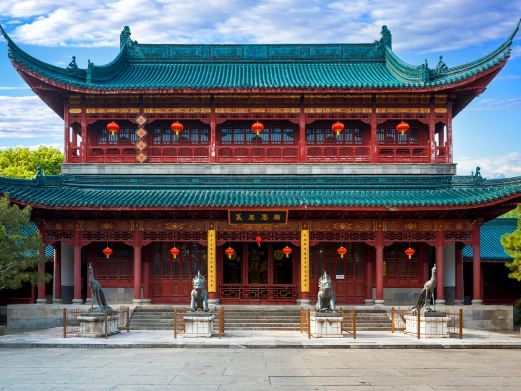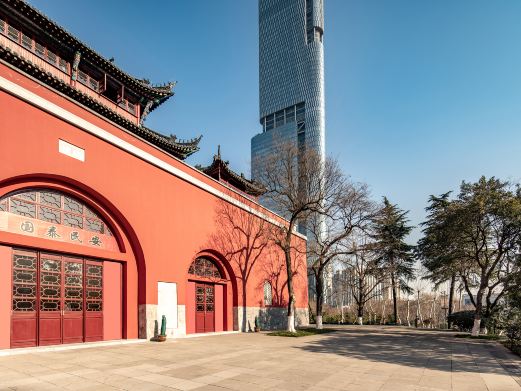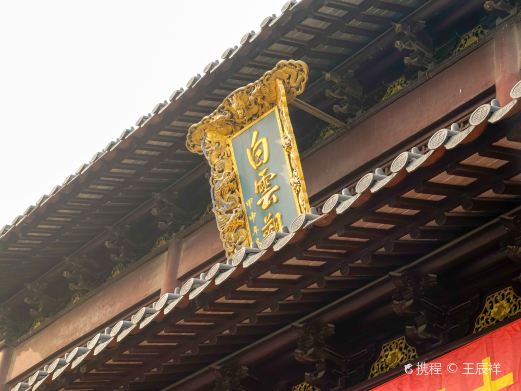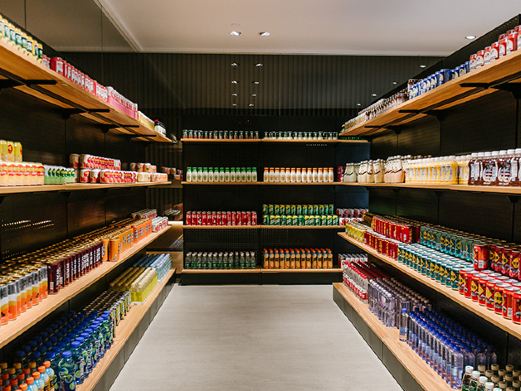Fangyan Scenic Area is located approximately 20 kilometers east of Yongkang, encompassing four core scenic spots: Fangyan (Nanyan), Shiguliao, Wufeng, and Lingyan. Besides the impressive Danxia landform landscapes, Fangyan is also a sacred place for many local people to pray and make wishes. Uniquely, the deity worshipped here is not a Bodhisattva but a benevolent official from the Song Dynasty, Hu Ze, and the Hu Gong Temple on the summit of Fangyan is visited by a constant stream of worshippers.
It takes about 1-2 days to explore the entire scenic area, with separate ticketing for each sub-scenery and free shuttle buses available for travel. Visitors can plan their itinerary based on their preferences. Fangyan, Nanyuan, and Wufeng are not far apart and can be reached on foot. Among the sub-scenes, Fangyan is undoubtedly the highlight, which includes Nanyuan in the same ticket and is usually visited together. After touring Fangyan, one can walk to the adjacent Wufeng Academy, the birthplace of the Southern Song Dynasty Yongkang School. Shiguliao is a film and television base, accessible from Nanyuan, and can be arranged for the next day if one wishes to avoid rushing. At the entrance of Fangyan, a large stone stele bears the golden inscription ‘He Ling’ by Emperor Gaozong of the Song Dynasty. It takes about 30 minutes to walk from here to the Hu Gong Temple on the summit. On the way up, visitors will pass by attractions such as the Arhat Cave, Tiger Spring, Hundred Steps Steep, and the Flying Bridge plank road. Along the way, one can appreciate the layered folds of the steep Fangyan mountain body and, from afar, the temple on the summit and the winding steps on the rock face, both of which are representative landscapes of Fangyan. Continuing upwards, passing through the gate inscribed with ‘Heavenly Gate’ leads to Tianjie. Many vendors line the street selling paper candles and the like, which may be slightly expensive. Not far behind the ‘Thousand People Pit’ pavilion at the end of Tianjie is the Guangci Temple, next to the well-known Hu Gong Temple, which is the only ancient building remaining in the scenic area. The beams and eaves are all exquisitely carved, and many visitors pray here every day. Returning to the vicinity of the Heavenly Gate, a fork in the road leads to the Nanyuan scenic area. This is the newly developed Hu Gong Cultural City. After entering the mountain gate and turning right, one can appreciate the magnificent Danxia landform of the northern valley, with two circular peaks resembling the ‘World’s Granary,’ which is a landmark here. The Yuanmeng Tower in the scenic area is an excellent place for viewing, and the square is the venue for the annual temple fair performances. The Fangyan Temple Fair has a history of thousands of years, and every year on the 13th day of the eighth lunar month, Hu Gong’s birthday, and the 9th day of the ninth lunar month, the Double Ninth Festival, events such as ‘Da Luohan’ focusing on martial arts competitions, as well as ‘Colorful Blowing and Singing,’ and ‘Eighteen Butterflies’ folk programs are staged, making it a major local event. After touring Nanyuan, one can return via the Heavenly Gate and head to the Wufeng scenic area on the west side. The Wufeng scenic area is composed of five circular peaks, and the Wufeng Academy site is where many famous scholars such as Zhu Xi lectured. Now, a ‘Academy and Chinese Culture Exhibition’ has been opened here, which is worth visiting.The cliff inscription ‘Dousai Platform’, handwritten by Zhu Xi, is still faintly discernible.

Shigu Liao, about three kilometers south of Fangyan, is famous for being the filming location of movies and TV series such as ‘Demi-Gods and Semi-Devils’ and ‘The Great Han Emperor’, and it is also a natural Danxia landscape. You might be lucky enough to encounter film crews shooting here.

Lingyan receives fewer visitors and also has a temple where people can worship and pray for blessings.

Outside the Fangyan Scenic Area, there is a street lined with nothing but incense and candle shops, as well as restaurants and hotels, but the cost-performance ratio and conditions are average. It is recommended to find accommodation and food near Yongkang Bus Station, where there are more options.




